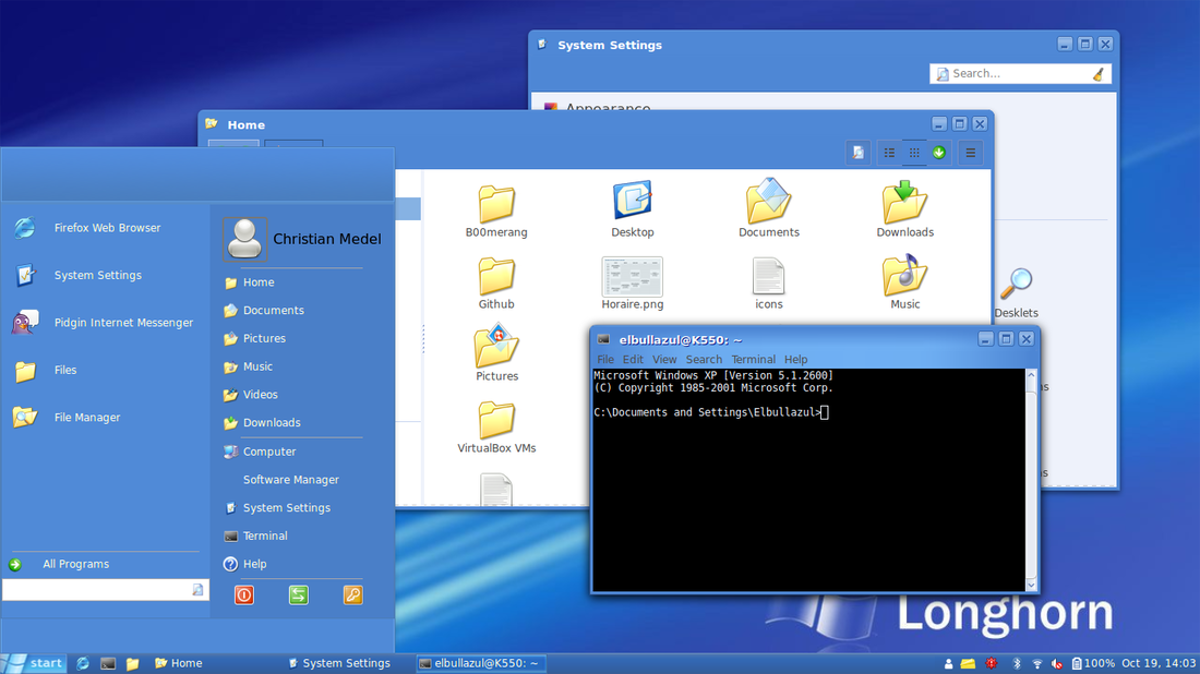

Here are some examples of graphical environments that you might know:Įach of them has some specificities: KDE looks a bit like Windows, with the start menu at the bottom left. A window like this will show up:įirst of all, you need to know that there are several graphical environments on Linux, and so on Raspberry PiĪ graphical environment is a package of display options, which allows you to manage most of the graphical aspects of your desktop differently To change the wallpaper, right-click on the desktop, then Desktop Preferences.
#Raspbian windows xp skin download
If you download one, save it somewhere on your Raspberry Pi to find it later (In /home/pi/Pictures for example). To change the background of the Raspberry Pi, you can either use one of the images provided or download a new one on the Internet. Change the desktop wallpaper From the Desktop interface
#Raspbian windows xp skin free
Press CTRL+Shift+X to open the advanced options and set the default value:Īre you a bit lost in the Linux command line? Check this article first, for the most important commands to remember, and a free downloadable cheat sheet so you can have the commands at your fingertips. Note 2 : Raspberry Pi imager also have a hidden feature to configure this when flashing your SD card. Might be useful on a Lite version or to streamline the installation process for multiple Raspberry Pi. Note 1 : you can edit the /boot/config.txt file to adjust the overscan setting, or disabling it. Go to Preferences > Raspberry Pi Configuration.īy the way, they are other options that you can try, like pixel doubling which will make everything bigger, or screen blanking which is a kind of sleep mode for the Raspberry Pi monitor ( more details here).Īfter restarting the Raspberry Pi, see if it’s better than before, or adjust these options again if necessary.I think since Buster there are fewer issues with this option, but just in case, you can change it easily on the Desktop edition: Typically, you need to disable underscan if you have black borders around the edges of your screen. By default, the underscan is disabled (so overscan is enabled). Basically, the idea is to adjust the image to fit your monitor. On Raspberry Pi, there is an option named “underscan” or “overscan”.


 0 kommentar(er)
0 kommentar(er)
